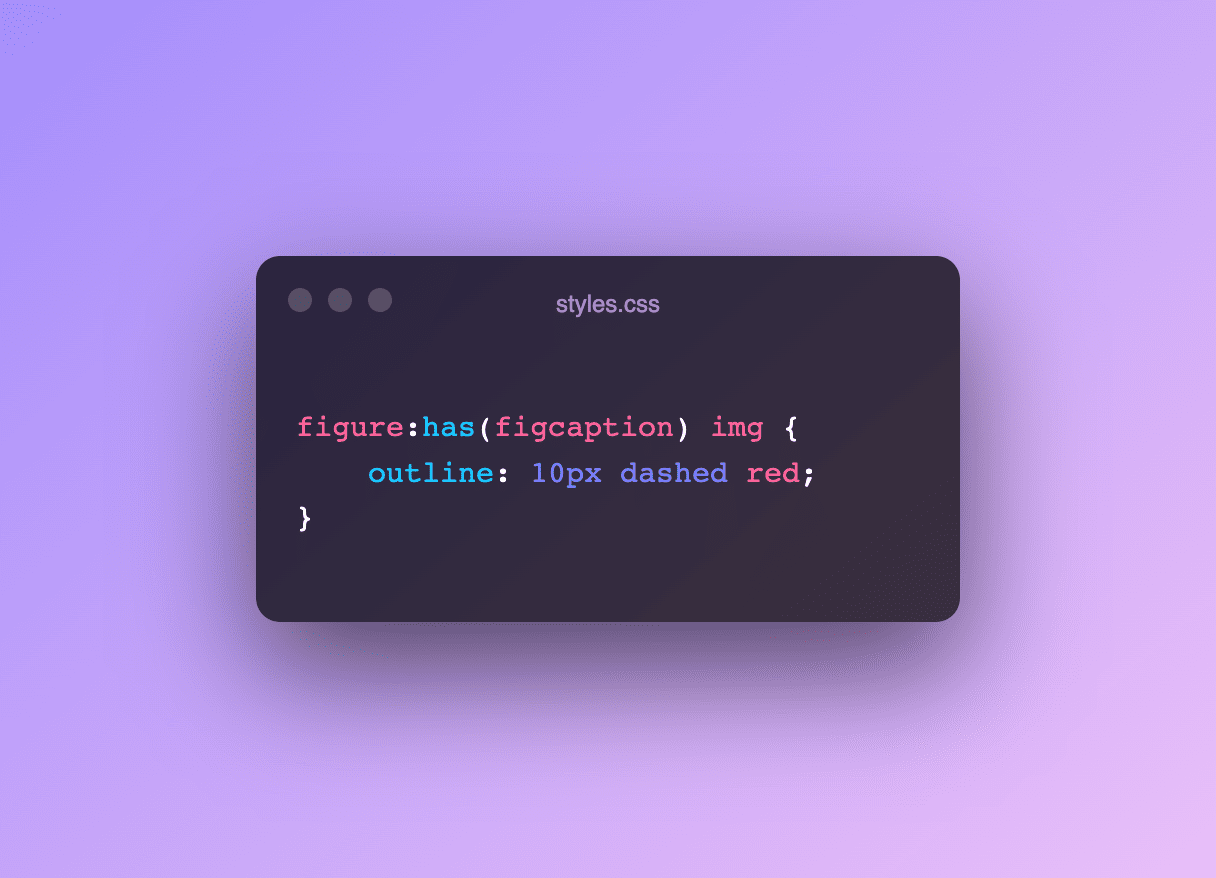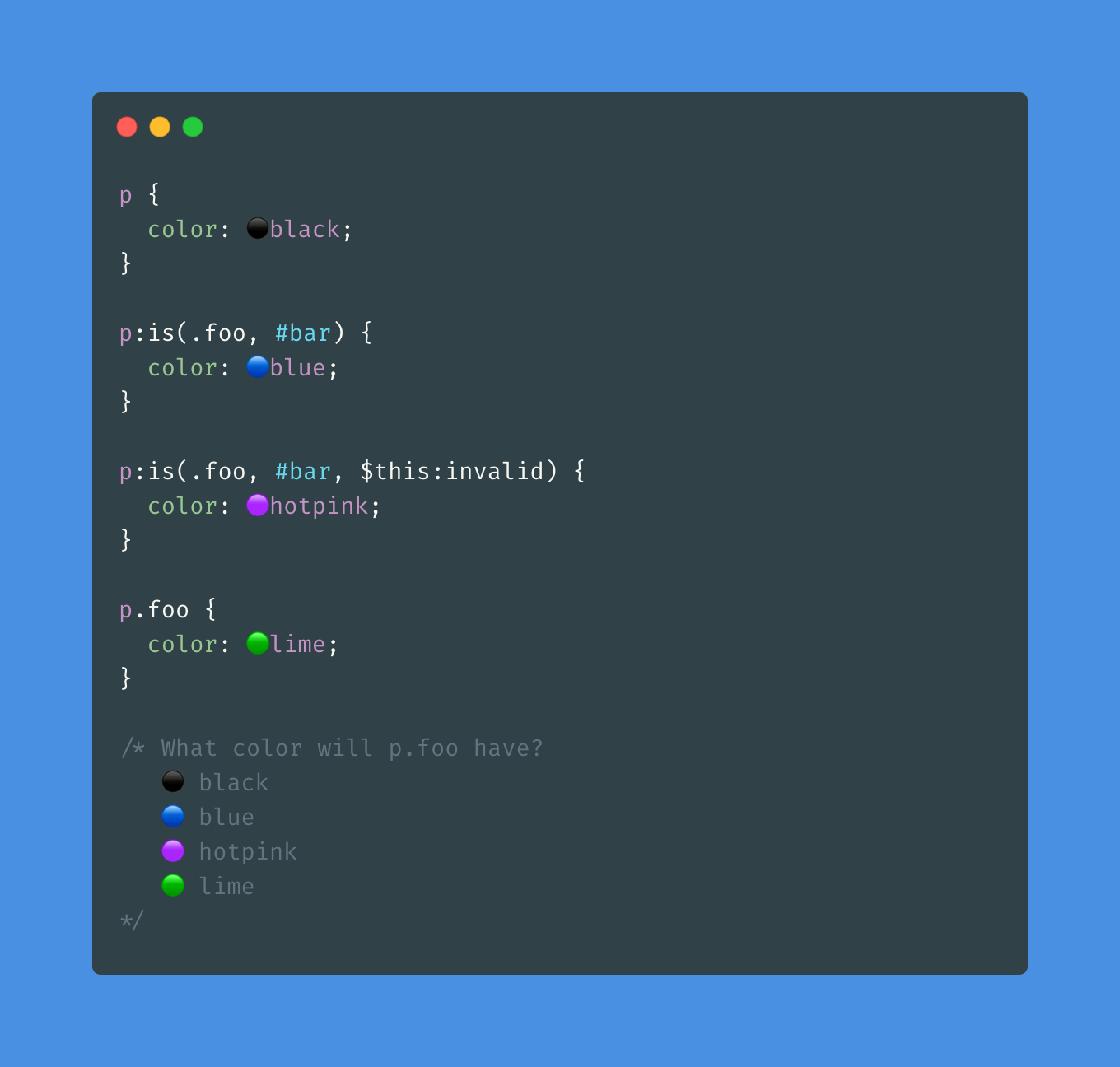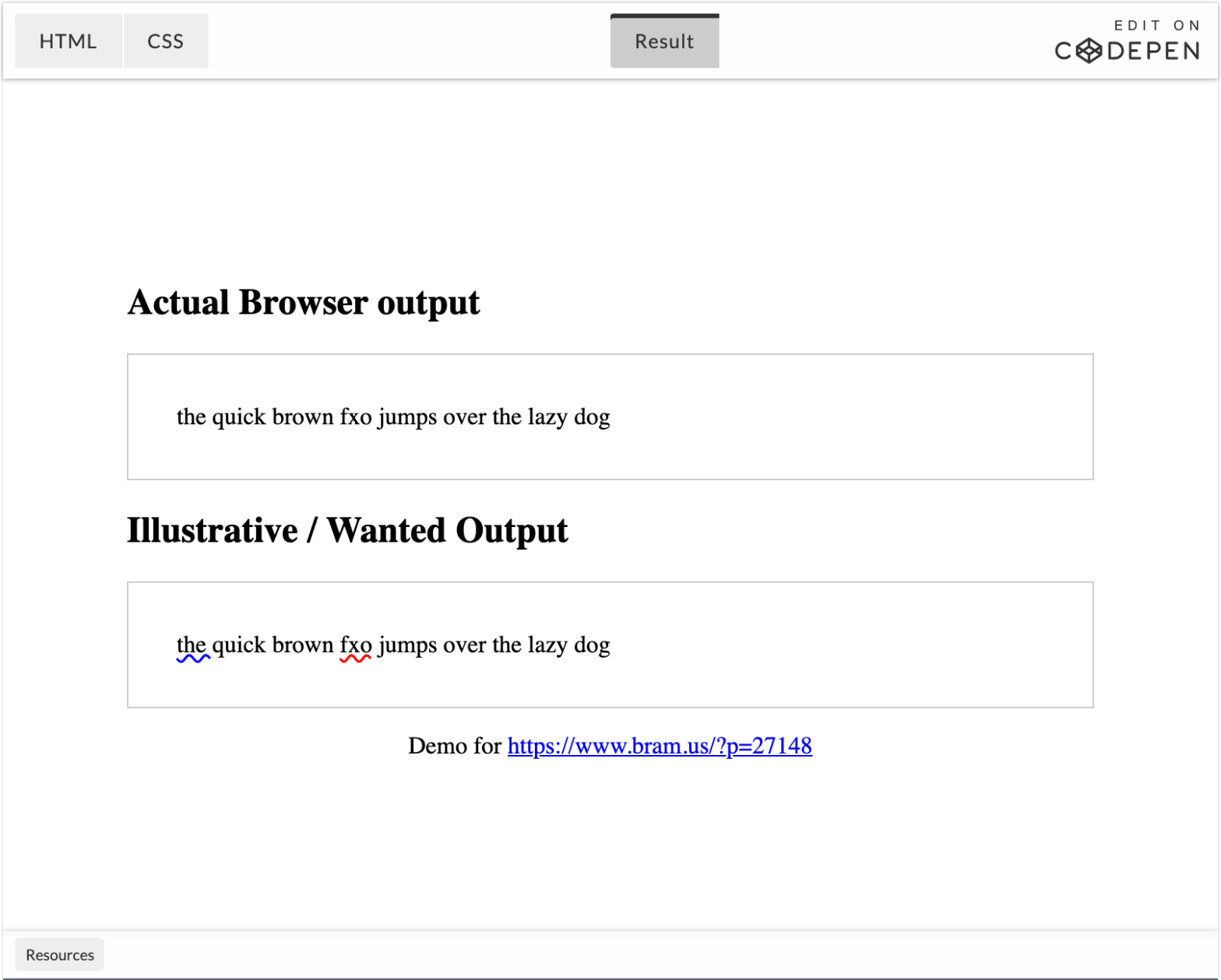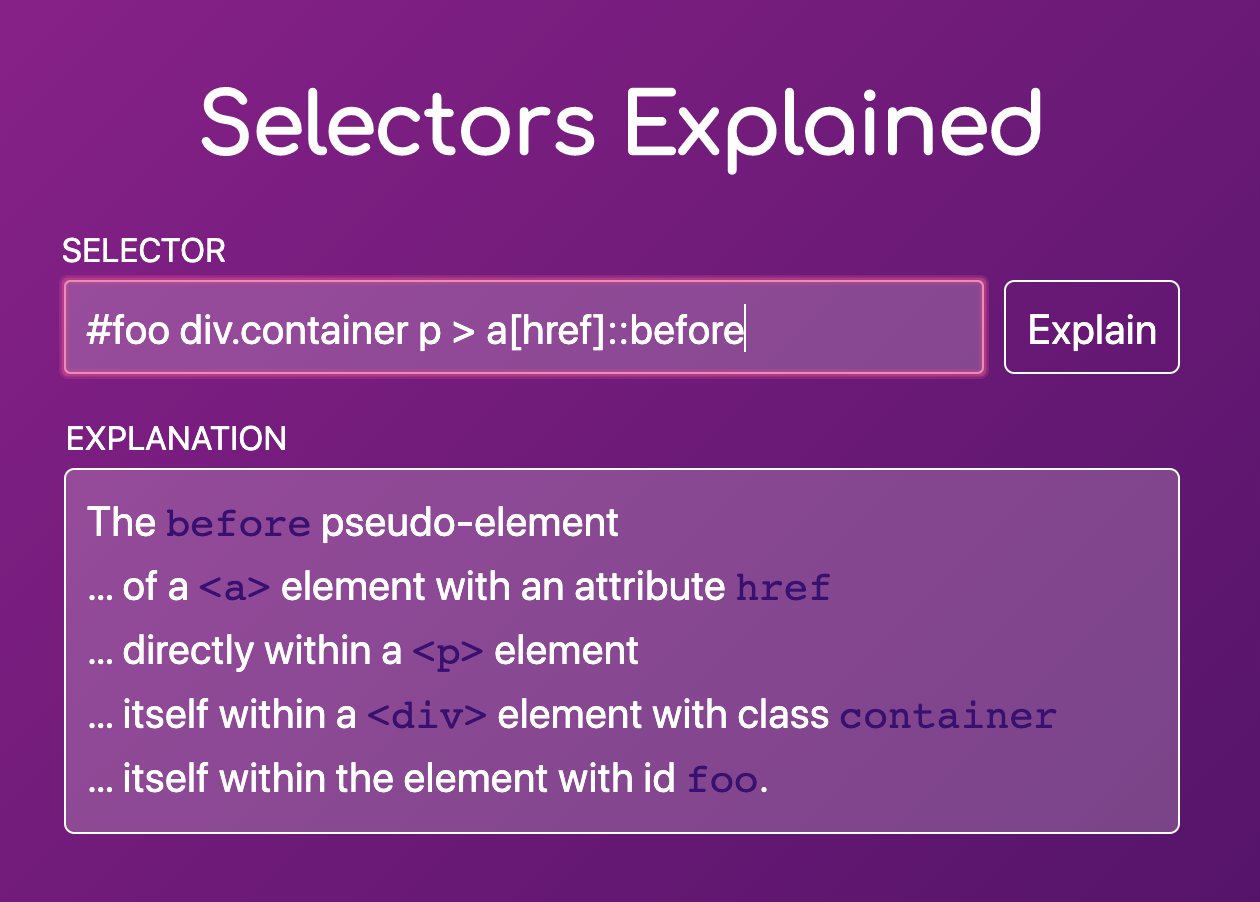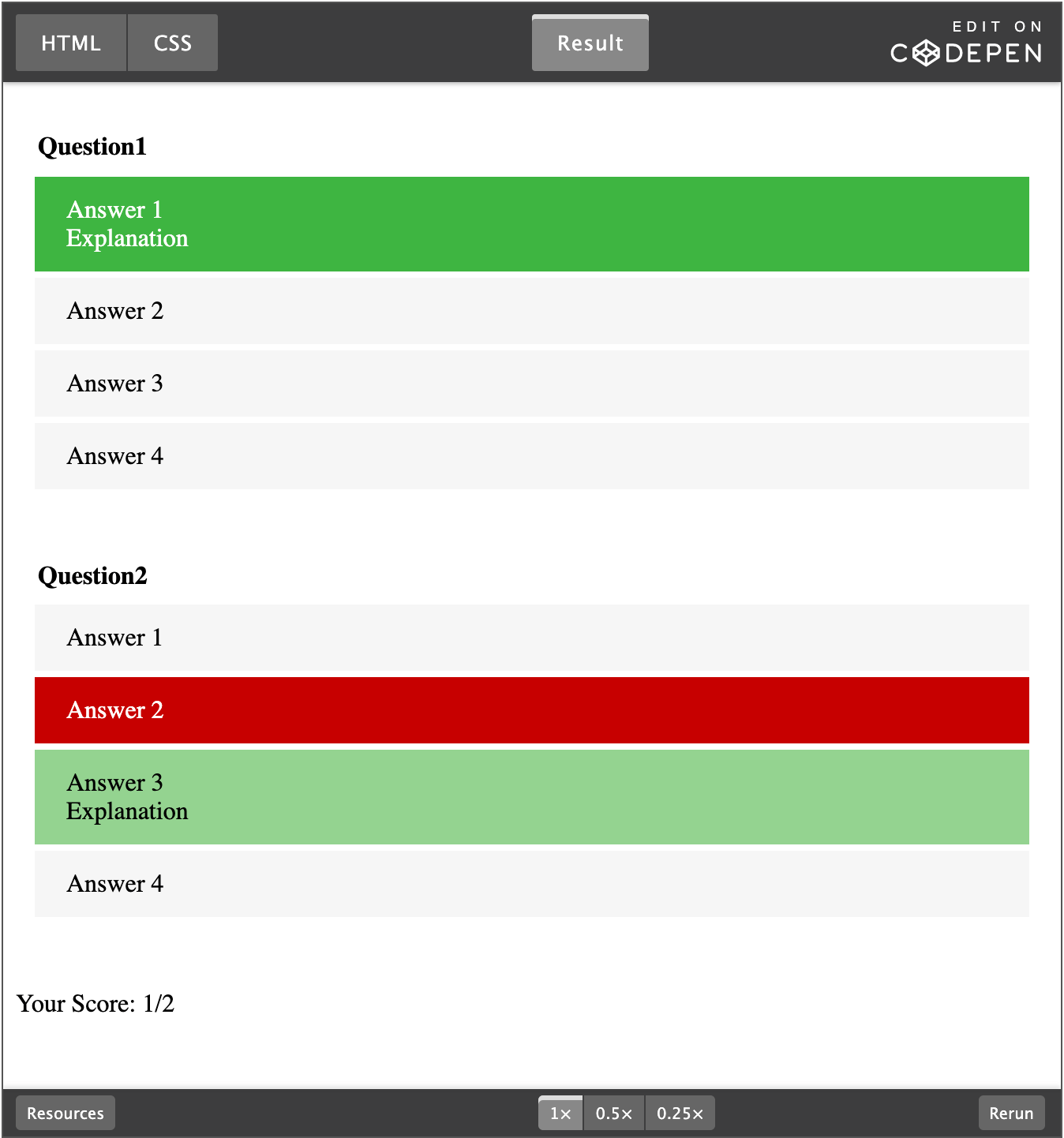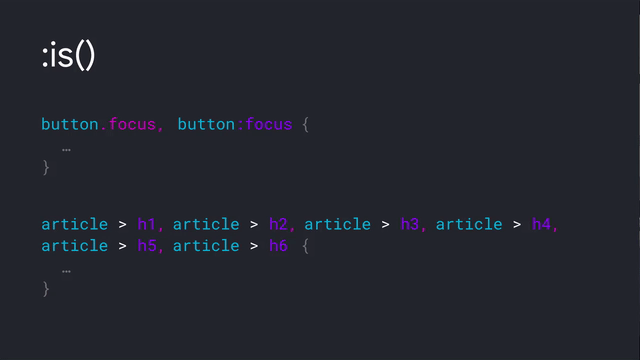
Similar to how you can (ab)use :nth-child() to create “new” CSS selectors, you can leverage :has() to create some typical combinators. Brandon McConnell did just that: y:has(+ x) selects the first preceding y sibling of x: y:has(~ x) selects all preceding y sibling of x: x + y, y:has(+ x) selects the first preceding and …
Continue reading “Magic PostCSS Custom Combinators using :has()“
